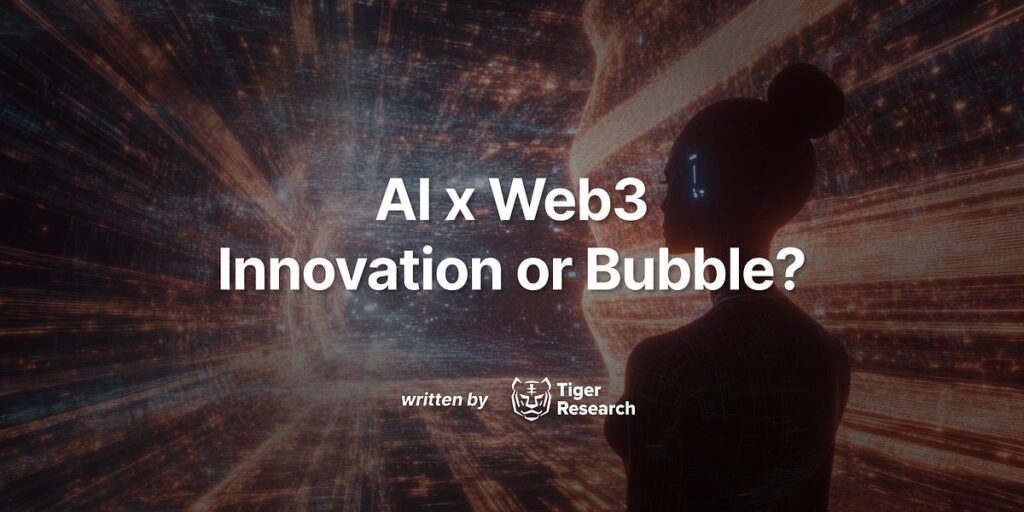This report was written by Tiger Research and analyzed how Web3 and AI integration evolved into meaningful relationships beyond speculative hype.
The integration of Web3 and AI evolves beyond the initial speculative hype into a complementary relationship.
In the short term, AI lowers the technical barriers of Web3, improves user experience and creates actionable value through applications such as Defai that automate investment decisions.
In the long run, AI drives Web3 towards an agent-centric UI/UX paradigm, but decentralized Web3 infrastructure and cryptocurrency serve as the key foundations for autonomous AI agent operations.
Artificial intelligence (AI) has expanded beyond corporate competition and has become a national strategic priority. Global technology leaders such as Openai, Xai, Google and Meta are fiercely competing for model performance, with governments increasing funding and development initiatives to ensure AI leadership.
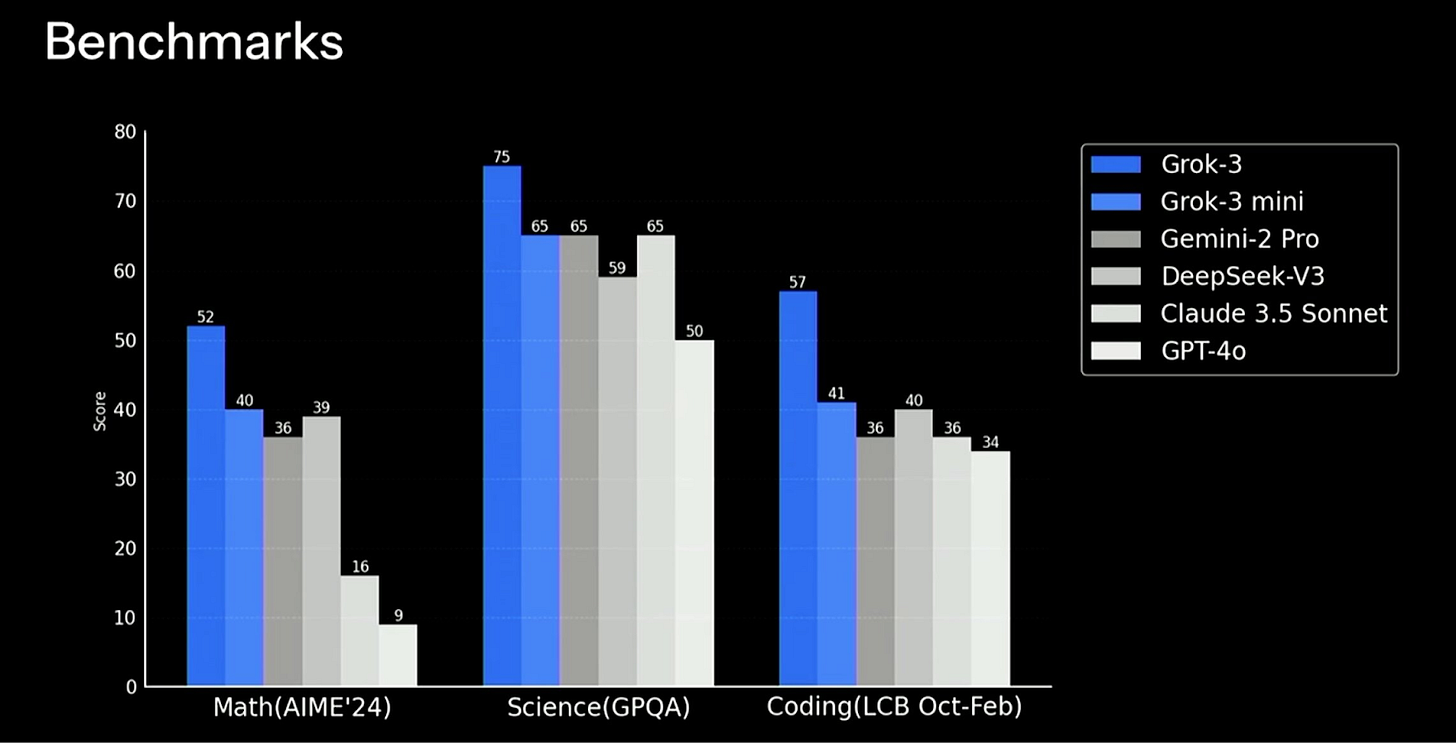
The Web3 industry is investigating opportunities for AI integration. This report examines the convergence of Web3 and AI technologies, particularly through AI agents, and analyzes potential synergies.
AI agents are gaining popularity within Web3. These systems understand complex situations, make autonomous decisions, and perform sophisticated tasks beyond simple commands. Projects like Virtual Protocol and Elizaos (formerly AI16Z) attracted attention for agent functionality, and related projects once reached a market capitalization of $16 billion.
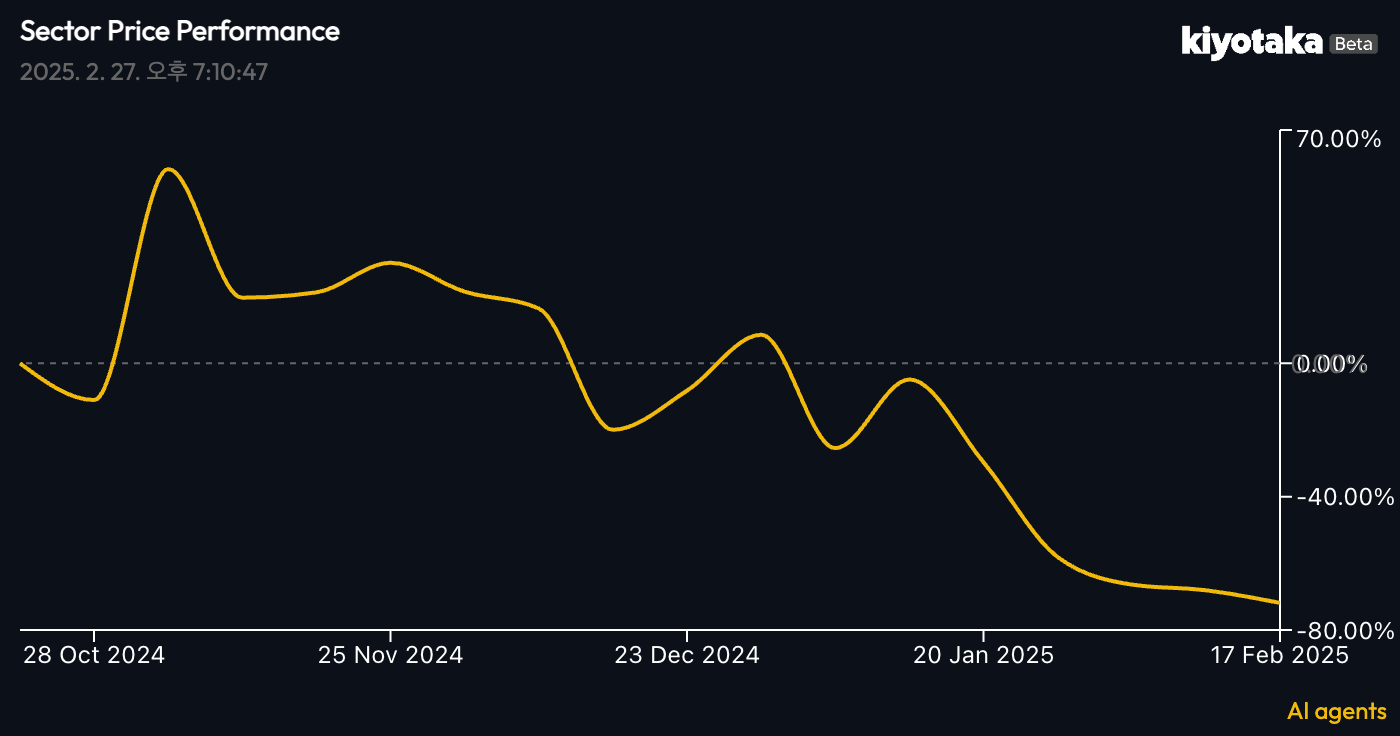
Despite high expectations, many AI agents lacked meaningful Web3 integration, clear token utility, or value creation models. Most were released without white papers or Toconemics documentation. Rather than exploring meaningful AI-WEB3 synergies, these projects primarily utilized crypto market speculation for fundraising and marketing. This led to their recognition as “symbolic” assets like memokines, driven by speculative investments seeking rapid profits. This structure undermines sustainability, with many projects losing more than 90% of their value during the market slump.
The integration of AI and Web3 remains critical. Like other sectors, AI can improve efficiency, improve accessibility and create new value propositions within the Web3 ecosystem.
AI is rapidly moving forward, accelerating the “intellectuality as a product.” Open source models such as Meta’s Lama and China’s Deepseek reduce the barriers to adoption of AI. These accessible systems facilitate the implementation of AI in multiple sectors, including Web3.
Web3 strengthens user sovereignty through decentralization, but faces high technical barriers to entry. AI eliminates these restrictions and maximizes the possibilities of Web3. AI automates complex blockchain processes, dramatically improving user experience and improving accessibility. This reduces technical barriers while attracting new users and driving mainstream adoption of Web3.
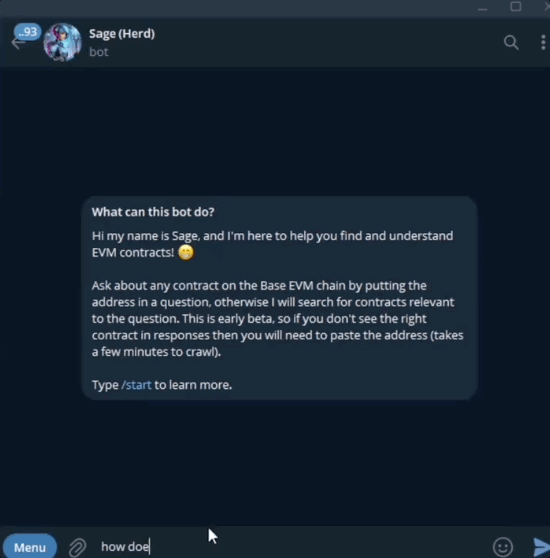
FlockSage, an on-chain analytics agent, intuitively shows how AI technology can transform the Web3 industry. Sage uses natural language to search and analyze smart contracts, making it easy for users to understand their structure. Developers can improve efficiency by reducing analysis times, but users with limited technical knowledge can access Web3 services more easily.

Another example, defai (defi + ai) emerges as a new story that utilizes AI technology in the Web3 ecosystem. This financial system automates investment decisions and analyzes vast amounts of real-time data in the global crypto market 24/7. Traditional investments required investors to collect information personally and invest through complex debt protocols, which required considerable time and effort. Instead, the DEFAI model employs AI agents to develop fast and efficient investment strategies and implement actual investments.
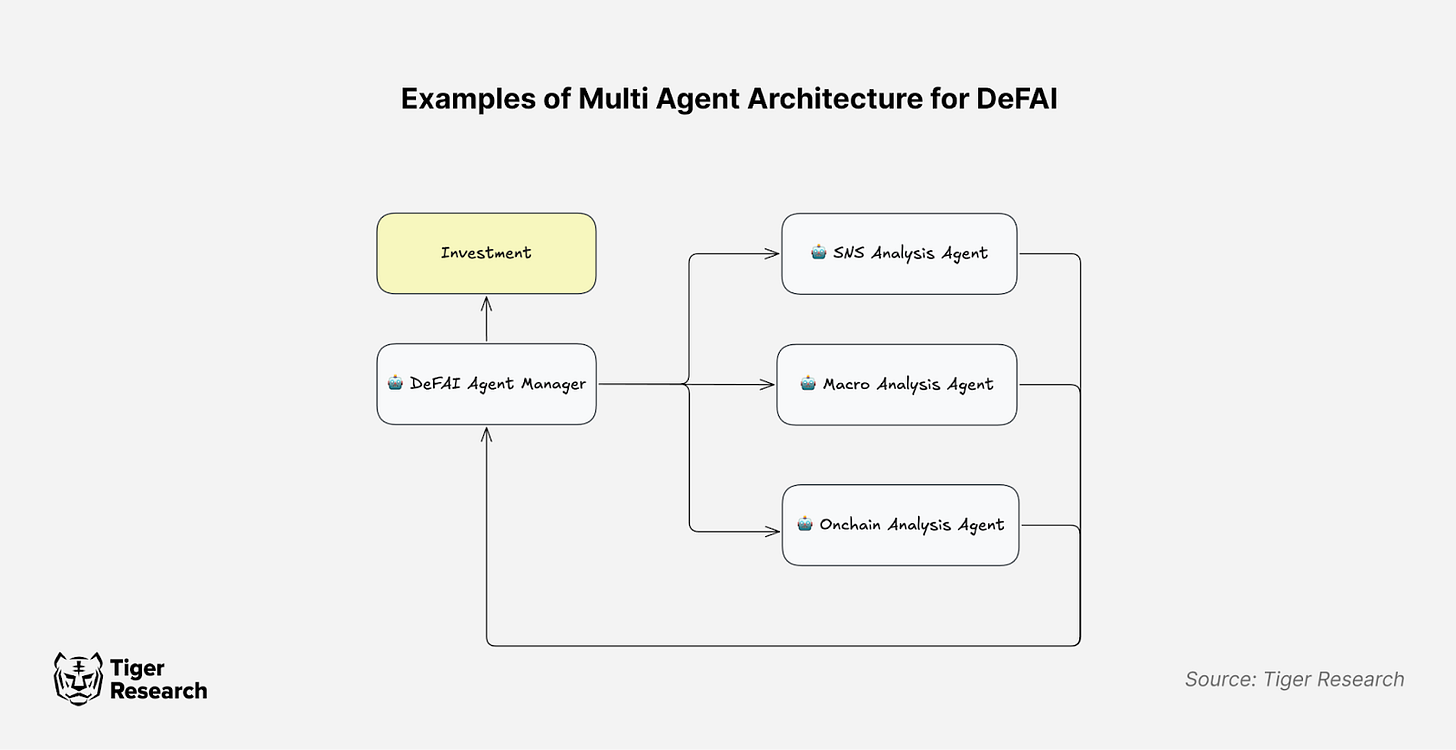
The DEFAI model supports sophisticated and efficient investment decisions by deploying multi-agent systems in which different AI agents perform specialist roles. SNS Analytics agents collect market responses to specific tokens and projects from social platforms and conduct sentiment analysis. Macro Analysis Agent evaluates macroeconomic data such as interest rate changes and policy trends to analyze market impacts. Chain Analytics Agent tracks blockchain transactions in real time, detects liquidity fluctuations and large fund movements, and enhances investment decisions. This AI-based investment process filters noise data and extracts meaningful patterns. Reduces the learning burden of complex Defi models.
The challenges for defai remain. AI does not have sufficient financial expertise and does not have the risk of making false decisions when learning from inaccurate data. However, as AI-based automation becomes more refined, DEFAI could improve Web3’s financial accessibility and increase investment efficiency.
AI technology could lead to a structural paradigm shift across the Web3 industry. Innovation is especially expected in the user UI/UX. The industry will move beyond browser-based DAPP usage towards flow-based UI/UX, centered around agent interaction. This transition provides a higher level of abstraction in the Web3 ecosystem, automates complex processes and greatly improves accessibility.
This conversion is similar to how app services exploded during the PC-to-mobile transition. Mobile devices provided convenient features through GPS, cameras and sensors. Similarly, the AI era creates new technological touchpoints that bring new possibilities and opportunities to Web3.

In an advanced AI landscape, agents acting on behalf of users may highlight the limitations of traditional financial systems with complex KYC procedures and centralized authentication. Cryptocurrency offers a simplified, autonomous alternative. When AI agents directly manage Web3 wallets, agent-to-agent interactions and value exchanges can occur seamlessly in Web3 infrastructure without human intervention.
Demonstration of AI agents communicating via sound waves (ggwave) Instead of natural language, it suggests evolution beyond traditional methods of interaction. This reveals the need for an optimized system that transcends human-centric interfaces.
This highlights cryptocurrency as the optimal medium for autonomous AI agent operations. Programmable digital currency and decentralized Web3 infrastructure could become essential for AI agents to independently implement on-chain transactions and economic activity and drive integration towards a structural paradigm shift.
AI agents and Web3 have evolved beyond technological integration into symbiotic relationships. AI streamlines complex processes in Web3 and enhances accessibility, while Web3 provides an infrastructure for autonomous AI operations.
Despite faded speculative hype, practical applications like defai are becoming more and more reality in AI-WEB3 integration. This convergence drives both the growth of the Web3 ecosystem and wider AI adoption. New economic models and services born from these combined technologies unlock diverse opportunities.
Read more reports related to this study.
This report is based on materials that are considered reliable. However, we do not guarantee, either express or implied, the accuracy, completeness or suitability of the information. We disclaim liability for any losses arising from your use of this report or its content. The conclusions and recommendations in this report are based on information available during preparation and are subject to change without notice. All projects, estimates, forecasts, objectives, opinions and opinions expressed in this report are subject to change without notice and may differ from those of others and other organizations.
This document is for informational purposes only and should not be considered legal, business, investment or tax advice. References to securities or digital assets are for illustrative purposes only and do not constitute an investment recommendation or offer to provide an investment recommendation service. This material is not directed at investors or potential investors.
Tiger Research enables fair use of reports. “Fair use” is a principle that broadly permits the use of certain content for public interest purposes, as long as it does not undermine the commercial value of the material. If the use matches the purpose of fair use, the report is available without prior permission. However, when citing reports from Tiger Research, it is essential to 1) clearly state “Tiger Research” as the source. 2) Tiger Research Logo (black/white). If you reconstruct the material and publish it, individual negotiations are required. Misuse of reports could result in legal action.



